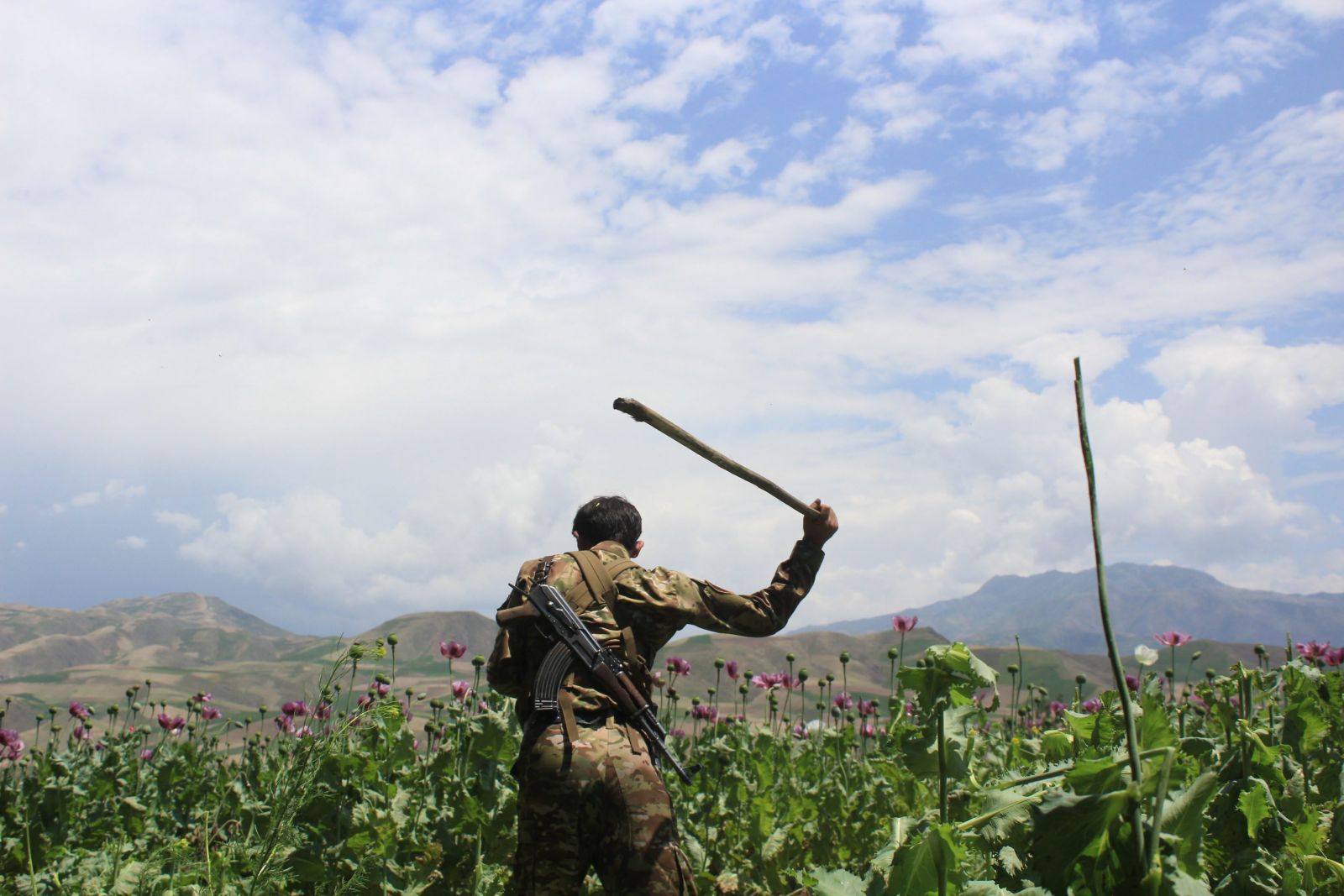Why governments struggle to eradicate the illegal drug trade
International Reports is a quarterly publication by Konrad Adenauer Foundation, which is affiliated to Germany’s Christian Democrats. The title of Rodrigues’ essay is “Symbiotic interactions” and its core message is that state agencies and criminal gangs have a tendency to accommodate one another.
As Rodrigues elaborates, the modern notion of the state was initially about the government enforcing its will, establishing a monopoly on the use of violence and collecting money from all those to whom it provided a sense of security. The government made the law, but was not necessarily bound by it. Notions of the rule of law, democratic deliberation and social welfare emerged later.
The principal function of the modern state is to establish its monopoly on the use of legitimate force and make sure its predominance is respected. It is quite obvious, that mafia gangs operate in a similar way. They organise crime in a specific area and collect protection money. Like the state, they provide clients with a sense of safety.
Because protection money resembles taxes to some extent, it is often argued that organised crime is a kind of “parallel state” that challenges the official state. Rodrigues disagrees fundamentally. In his eyes the relationship of mafia gangs and state agencies are often symbiotic. The implication is that it does not make much sense to think in terms of the drug war pitting legitimate forces against illegal gangs.
Rodrigues’ argument is based on several points. First of all, the trade in illegal drugs is very lucrative because it is illegal. The experience of past decades proves that the ban does not eliminate demand. People keep buying drugs. Selling the substances is risky, however, so those who supply the drugs command higher prices. The huge profit margins, in turn, mean that the market is contested, but competition is not simply about prices. Instead, gangs resort to violence to monopolise the business in certain areas. Their brutality serves to intimidate adversaries as well as anyone who might oppose them.
Compounding the problem further, the gangs have incentives to sell the most potent and most addictive drugs. When alcohol was prohibited in the USA in the 1920s and 30s, mafia organisations did not traffic beer which is comparatively harmless. They sold hard liquor which is easier to transport and much more potent. Rodrigues does not mention this example, but it fits into his argument.
He does elaborate, that the gangs provide livelihoods and even something like career opportunities to marginalised youngsters from disadvantaged communities. At the same time, the drugs contribute sedating their peers. In Brazil cities, the drug trade is the dominant industry in some favelas. Rodrigues points out, moreover, that the gangs bribe security forces, judges and policymakers. Typically, a precarious equilibrium is found, reducing risks for all parties involved and delivering considerable benefits to the most powerful players. The lives of young recruits from the slums tend to be brutal and short, while the big men, whether legal or illegal, live in comfort.
Rodrigues further notes that crime gangs use prisons for networking purposes. In Brazil, top gangsters have even been known to command their fighters from prison cells. In the last years of Brazil’s military dictatorship, moreover, drug gangs became involved with radical leftists in prison. As a result, extremist groups became involved in drug peddling and some mafia outfits adopted leftist rhetoric.
As Rodrigues convincingly argues, however, such politicalisation is the exception, not the norm. He insists that mafia organisations generally accept the predominance of the state. Only very rarely do drug trafficking organisations challenge the state and demand some kind of sovereignty. They are more likely to wage war on one another than on a country’s police or armed forces. On the other hand, the involvement of security forces may well be geared to supporting one gang against another rather than to eradicating organised crime.
Rodrigues basically writes about Brazil, but his argument holds true in other places. Yes, the leftist FARC militia was known to rely on cocaine trafficking for its funding in Colombia’s civil war. In Afghanistan, the Islamist Taliban are involved in trafficking. In both countries, however, the illicit drug trade was never really monopolised by these organisations. After the peace agreement, Colombia’s FARC is no longer an underground organisation, but the drug economy is still very much alive. In Afghanistan, various warlords profit from the opium business. Mexico’s bloody war on drugs, in contrast, does not involve any gangs with a political ideology.
In the early 1970s, US President Richard Nixon launched what he called the war on drugs. His approach was copied around the world. Half a century later, it is evident that law enforcement – even by the most stringent means – cannot eradicate the international drug trade. If, as Rodrigues convincingly argues, prohibition of drugs is a root cause of drug related violence with criminal networks often including state agencies or colluding with them, prohibition needs to be reconsidered.
The issue raises difficult questions. Mind altering drugs are dangerous. Heroin and other opiates often prove deadly. Addiction destroys people and badly affects their families and communities. Even cannabis, which is certainly less dangerous than heroin or cocaine, is not harmless. The big question, however, is not whether drugs cause harm. It is whether the war on drugs is causing more harm than the drugs would if they were legal. Perhaps regulations could help.
Uruguay, Canada and several US states have opted to legalise cannabis and we will soon have serious empirical evidence of what the implications are. One consequence of the black market that Rodrigues does not discuss is that we lack reliable data concerning the use of drugs and the consequences. But whatever the results will be, we know that legalising heroin and cocaine would be far more challenging than legalising cannabis.
It is worth bearing in mind that alcoholism is a mind-altering drug too. It is addictive, destroys families and even kills people. This is why the Muslim faith has banned it, though the ban was always hard to enforce stringently. Alcohol is legal throughout the western world of course. The production and use of alcoholic drinks is regulated by laws. Problems persist, but as the experience of prohibition in the USA shows, legal alcohol causes fewer problems than the “war on alcohol” did. It allowed mafia organisations to grow deep roots in American cities.
Link
Konrad Adenauer Foundation - International Reports:
http://www.kas.de/wf/en/34.5/












